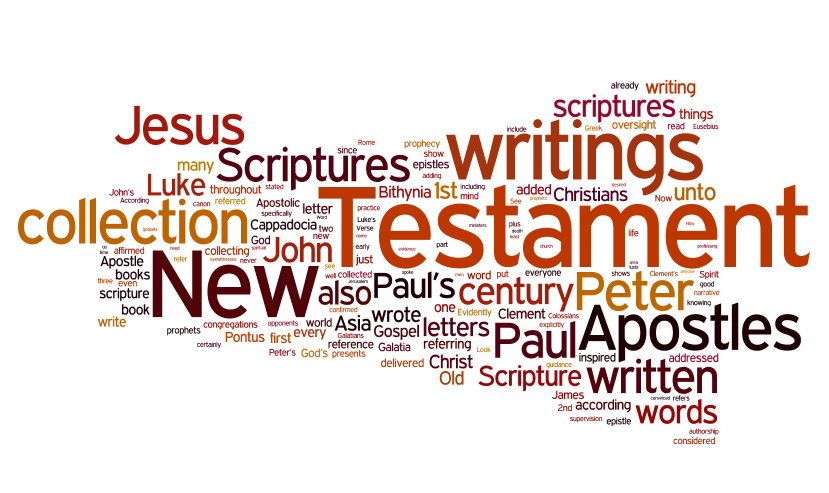
This is the fifth article write-up in the new blog series Encountering the New Testament.
Chapter Summary
- Matthew arranged his Gospel to emphasise how Jesus provided Israel and the world with a saviour.
- Until recent times, Matthew was the only author suggested for the Gospel bearing his name.
- The traditional dating for Matthew places it sometime prior to AD 70.
- Although the Jewish flavour of the Gospel of Matthew suggest that it might have been written in Palestine, most scholars favour Antioch of Syria.
- Matthew’s basic purpose in writing his Gospel was to preserve what he knew about Jesus’ life and words.
- Matthew demonstrates that Jesus’ coming is the supreme event of history and that every circumstance of his birth, life, teaching, death and resurrection is a fulfilment of prophecy.
- Matthew emphasises that Jesus is the final Word of God to his people.
- Matthew focuses on the inherent power and supreme authority of Jesus.
- Matthew highlights the fact that Jesus was primarily a teacher but was also a healer and preacher.
- Matthew is the only Gospel that mentions the church by name.
Study Questions
1. What was Matthew’s basic purpose in writing his Gospel?
Matthew’s intention was largely about preservation for his memories of Jesus’ life, ministry and teachings. As a Jew, his record is the most Jewish compared to the other Gospel accounts. This influenced his approach to starting his record by demonstrating the genealogical record and authority of Jesus via both Mary and Joseph. His audience was largely Jews but also gentiles and his Gospel was known for the use of sermons and Jesus’ teachings.
2. In what ways did Jesus fulfil God’s purpose?
All aspects of Jesus’ life – from his birth, upbringing, ministry of teaching, death on the Cross and then resurrection – have Old Testament prophetic links. In this way, Jesus fulfilled God’s purpose in its entirety. God’s purpose was previously recorded in the prophecies pointing to the coming Messiah. Jesus was constantly referring to them, although some his references to Himself as the Son of Man were not clear to his disciples.
3. How does Matthew emphasise that Jesus is saviour of both Jews and gentiles?
Jesus was the fulfillment not only of Israel’s prophecies, but of Israel as a nation itself. Jesus was known as, “the son of David, the son of Abraham”, which associated him with the root of Jewish culture and religion. Jesus made it clear in his messages that he came to save everyone – the Gentiles as well as Jews. Parables such as the Good Samaritan, meeting the Samaritan woman at the well, and even the Lost Sheep all taught the universality of the Gospel – the the Kingdom of God was for everyone. It is interesting that the Gentiles were the first to acknowledge Jesus in Matthew’s gospel. The Gentile Centurion is extolled on his faith, the Canaanite woman and the healing of her daughter. Whilst Matthew clearly demonstrated Jesus as being thoroughly Jewish, he was also very much a saviour for all.
4. In what ways was Jesus the supreme authority?
Jesus practiced a level of supreme authority in so many countless ways. Matthew wrote on stories where Jesus exercise authority over people, over demons, over disease like leprosy, and even over the laws of nature – silencing the wind. Jesus was and is Lord of the Sabbath, and as He stated – he had come to fulfil the Mosaic law, not overturn or supplant it.
5. How does Matthew depict Jesus as the Teacher?
Jesus the Teacher is a clear moniker that Matthew has Jesus self-identify. The disciples would address Jesus as teacher, and the many parables are all examples of Jesus using narratives to teach and explain the Kingdom of God. Majority of his public ministry was jam-packed with examples of Jesus teaching – He did not just talk and preach, but He also taught the people through practical life examples of doing life and working miracles.


You must be logged in to post a comment.